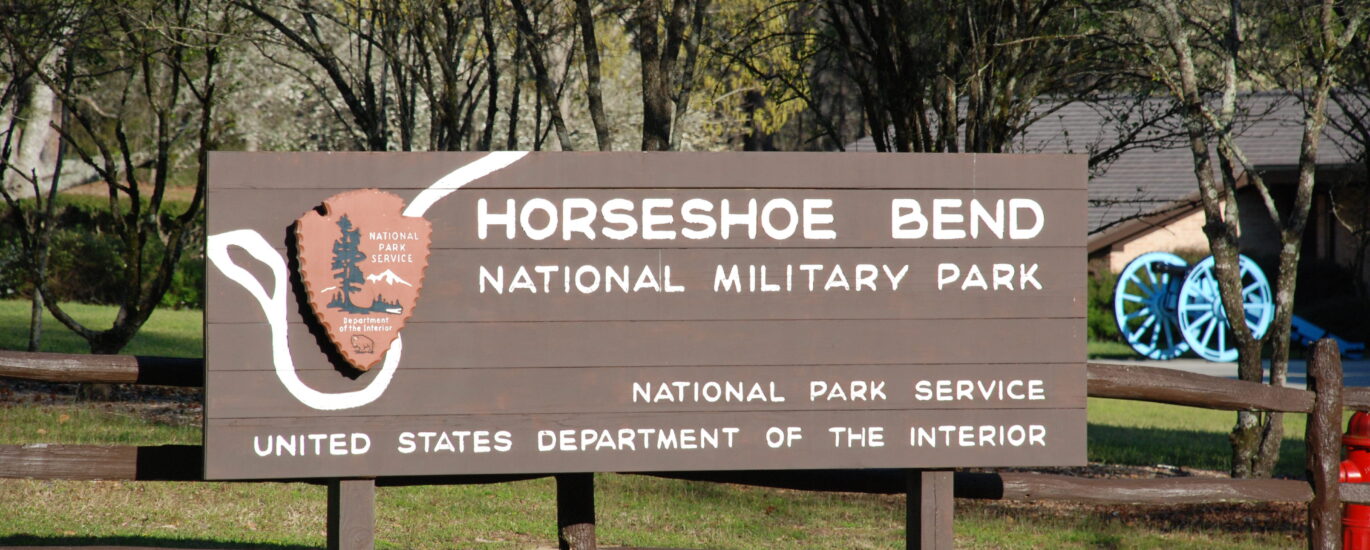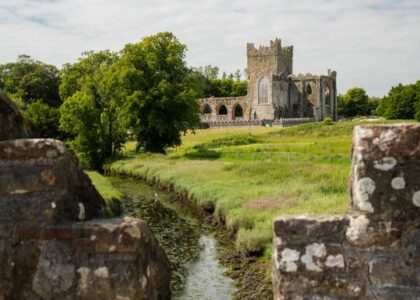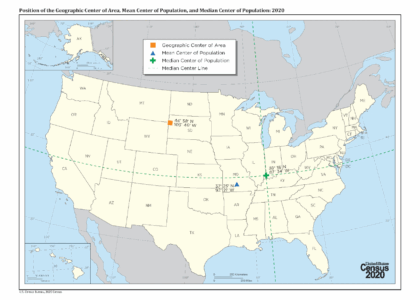Welcome to Horseshoe Bend National Military Park, a place where history is etched into the landscape. On March 27, 1814, this serene bend in the Tallapoosa River became the stage for a pivotal moment in American history. Major General Andrew Jackson led an army of 3,300 men, including Tennessee militia, the 39th U.S. Infantry Regiment, and allies from the Cherokee and Lower Creek nations, against Chief Menawa’s 1,000 Red Stick Creek warriors. This battle marked the penultimate clash of the Creek War, with over 800 Red Stick warriors losing their lives in defense of their homeland.
The battle at Horseshoe Bend was not just a military victory for Jackson and the United States; it was a significant turning point in the expansion of American territory. The Treaty of Fort Jackson, signed in August 1814, resulted in the Creek Nation ceding 23 million acres of land in present-day Alabama and Georgia to the U.S. government. This vast cession paved the way for the creation of the state of Alabama and further settlement by European Americans.
Among the notable figures involved in these events was William McIntosh, a chief of the Lower Creeks who supported Jackson and later played a controversial role in further land cessions. His participation in these treaties and his complex relationship with both the U.S. government and his own people highlight the intricate dynamics of the time.
Today, Horseshoe Bend National Military Park preserves this historic battlefield, offering visitors a chance to walk the same ground where these events unfolded. The park not only commemorates the battle but also serves as a reminder of the cultural clashes and alliances that shaped the early 19th century United States.
As you explore the park, imagine the sounds of battle replaced by the tranquility of the Tallapoosa River, a testament to the land’s resilience and the stories it holds.






